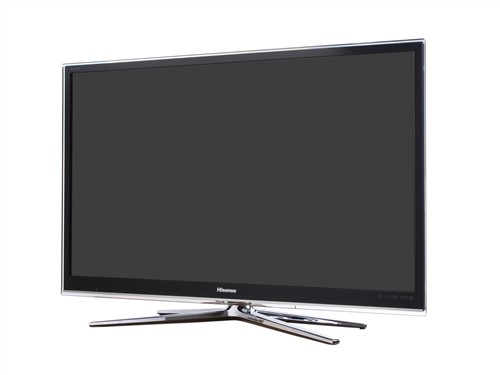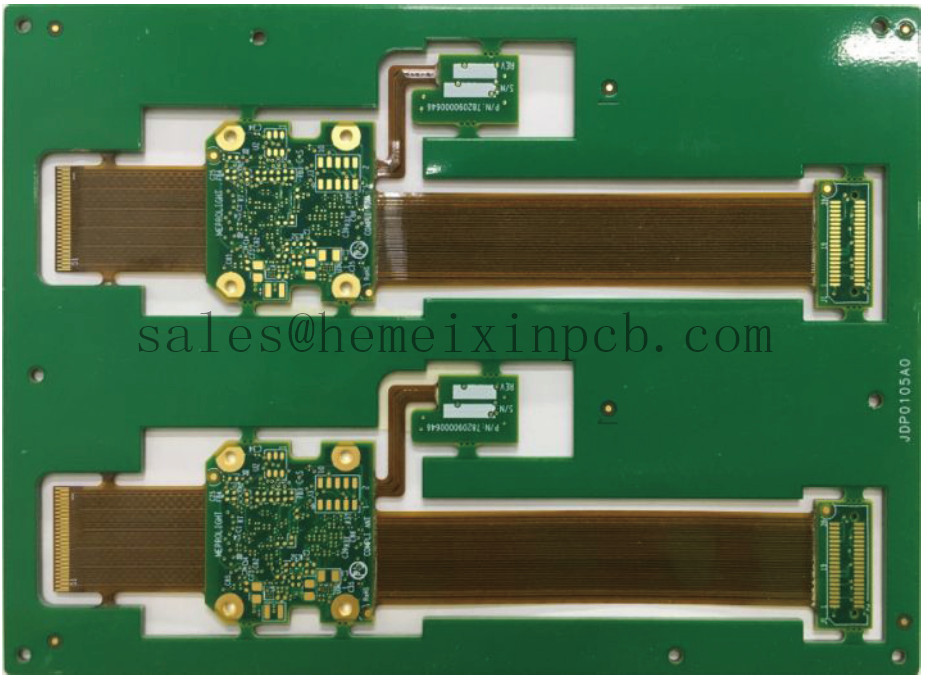 Near the end of the year, Walter Isaacson, the author of "Biography of Steve Jobs", said, "Apple is still far from launching TV products." It is a disappointment for countless "fruit powders" because they expect to have a brand-new audio-visual experience and subvert the 100-year TV image in 2012. The chance of becoming awkward. However, this is really good news for current "smart TV" manufacturers and distributors around the world, because before the launch of the new Apple smart TV, their definition of "smart TV" continues to be effective, and their related products still Can be sold.
Near the end of the year, Walter Isaacson, the author of "Biography of Steve Jobs", said, "Apple is still far from launching TV products." It is a disappointment for countless "fruit powders" because they expect to have a brand-new audio-visual experience and subvert the 100-year TV image in 2012. The chance of becoming awkward. However, this is really good news for current "smart TV" manufacturers and distributors around the world, because before the launch of the new Apple smart TV, their definition of "smart TV" continues to be effective, and their related products still Can be sold. How much of the above statement is suffering from the "Jobs Worship Syndrome." However, with the "innovation godfather" of the iPhone will bid farewell to the glorious "Nokia era", even if there is no U.S. President Barack Obama's eulogy, people will also put him and Einstein, etc. together into the world man, and the future The birth of the new Apple Smart TV - Jobs's hard work will bring about changes, we have full reason to position.
However, we look forward to anticipation, in the face of the powerful promotion campaign of the “Smart TV†nowadays, especially the business Christmas and New Year's Day TV promotional posters that are about to be stuffed into our hands. Buy it or not? This is a problem.
Squandering for fascinating eyes
What is a smart TV? So far, although the merchants have answered differently, they all include key features such as “access to the Internetâ€, “loading and unloading proceduresâ€, “having a large number of applications†and “enhancing human-computer interactionâ€. Therefore, they are tracking intelligence. In the history of television, some people will turn their gaze to 1998. At that time, televisions had entered millions of households in China, but high computer prices kept hundreds of millions of people out of the door to the information age. Microsoft launched the "Venus" program based on its embedded system, connecting televisions to network cables that rely on telephone lines, in the hope of getting people to pick up informational trains. Although the plan failed for various reasons, it had inadvertently attempted the most primitive attempt of smart TV.
In May 2010, when 3D TVs were in the ascendant, Google released a smart TV, Google TV, which integrates a photo browser, a game console, and a music player. It has a built-in Chrome browser that allows users to browse various websites and download each one. Application software. In October of the same year, Sony introduced consumer-grade smart TVs. From then on, smart TVs moved from concept to reality. Earlier this year, at the US International Consumer Electronics Show, Samsung, Sharp and other color TV giants in Japan and South Korea launched their smart TVs. Domestic color TV companies are certainly unwilling to be lonely. Brands such as Haier, Hisense, Konka, and TCL have also launched their own smart TVs.
The smart TV brand full of domestic appliance stores, the vast number of consumers unexpectedly calm. From the expert's point of view, this is not surprising, because under the current background of unclear regulatory policies of relevant departments, domestic manufacturers cannot solve the profound problems faced by smart TVs, and slipping into “conceptual marketing†cannot extricate themselves.
The proportion of autonomous systems needs to be improved
At present, most smart TV brands use Google Android system and Microsoft Windows system. Although some manufacturers have developed their own system platforms based on the Linux operating system, such as the Konka TV network platform, Haier card system, Changhong Xuanyuan software platform, but these system platforms compared with Google Android system, Apple iOS system, there is Big gaps, and some even just "variations" of the Android system.
Due to the lack of a self-developed system platform, smart TV manufacturers in China may have to pay a heavy price in the future. Although the current Android system is open source and open, it does not mean that the high version will be open. In fact, the current Android systems widely used in smart phones and smart TVs are mostly lower versions and are for tablet PCs, while smart TVs have to use high versions, while upgrades from lower versions to higher versions may face fees. Manufacturers and consumers will have to pay an "expensive" fee for this.
Related applications need to be enriched
Providing third-party application downloads is a major feature of smart TVs, and having rich applications is an important aspect of market competitiveness. In fact, the application function of TV draws on the successful experience of the mobile terminal market. The reason Apple's iPhone and iPad are sold worldwide is largely due to Apple's online store's approximately 350,000 third-party applications. There are nearly 200,000 kinds of applications behind Google's Android system. At present, some companies in China have more than 100 smart TV applications, and a considerable portion of them are transplanted from mobile phone application stores.
Experts pointed out that programs that provide convenience for living (such as food, maps, etc.) are more suitable for television, but some office software and QQ for mobile phones are not appropriate for television. Think about it. Who will handle public affairs or chat with a big TV screen? For people, television is trying to build a warm and happy family living room culture.
Regulatory policy remains to be explored
As an important terminal for triple play, the development of smart TVs depends, of course, on the speed of advancement of triple play. From the current point of view, due to the intricate interests of radio and television and telecommunications, the integration process has become difficult. At the same time, there is an embarrassing situation facing Internet TV as a lesson, and people have reason to worry about the uncertainty of the regulatory policy that smart TV faces.
Compared with smartphones and tablets, a large part of smart TV applications involve video services, such as high-definition movies, 3D videos, etc. These services are bound to involve broadcasting control issues. On the other hand, smart TVs have made significant changes in the way people interact with television. Touch and voice have broken the single interaction mode of the remote control alone. This has led to the iconic nature of smart TVs such as somatosensory games and video phones. Applied regulatory issues. The solutions to these problems test the wisdom of regulators and determine the future of smart TV.
Since the flexible section of the assembly is bonded to the rigid section, and the flexible section has low mass with good ductile properties, Flex-rigid Circuits assemblies are not only suitable for environments which expose the product to shock and vibration, but also provide a solution which can provide an increased level of reliability as compared to conventional solutions.

Flex-rigid Circuits
Rigid-Flex PCBs,Rigid-flexible Circuits,Rigid-Flex Printed Circuit Boards
Hemeixin Electronics Co.,Ltd. , http://www.rigidflex-pcb.com